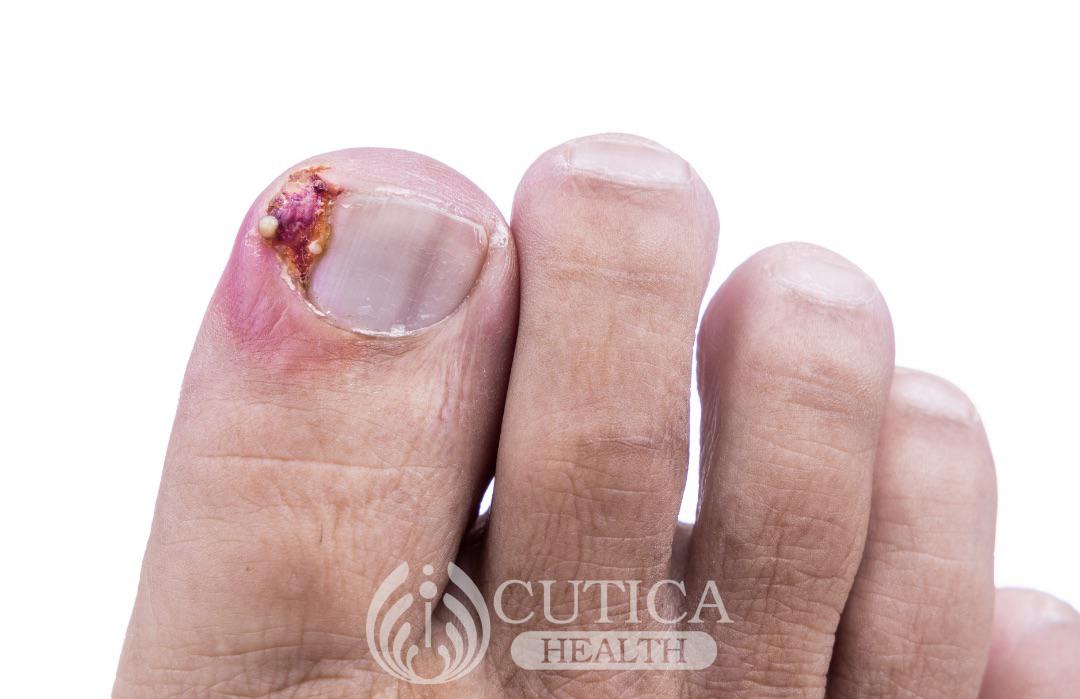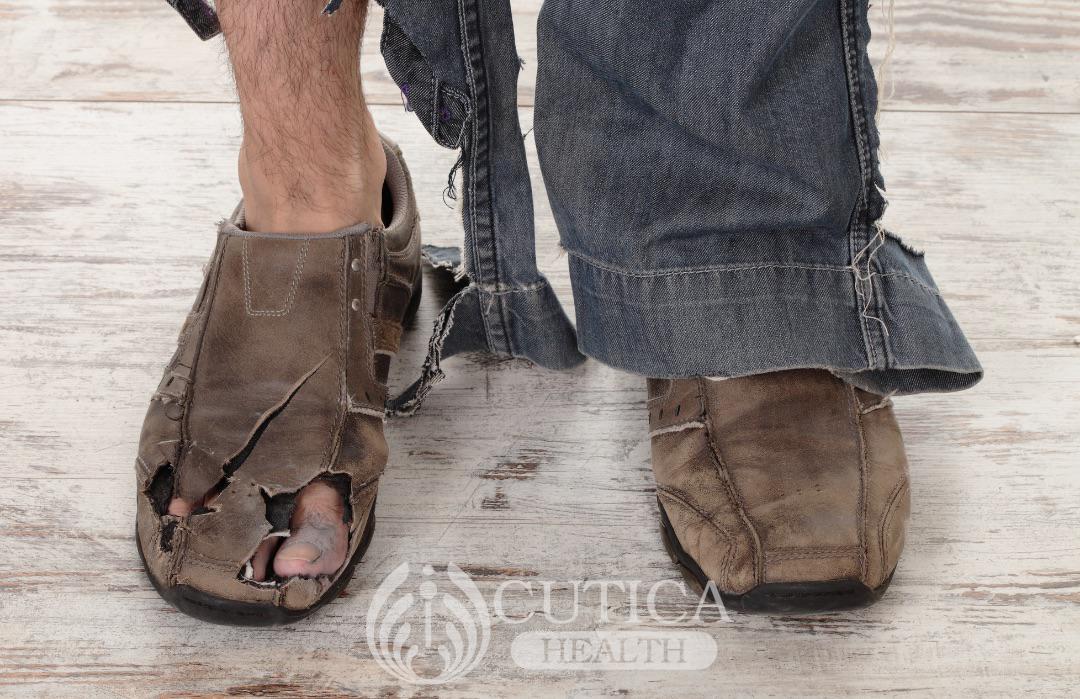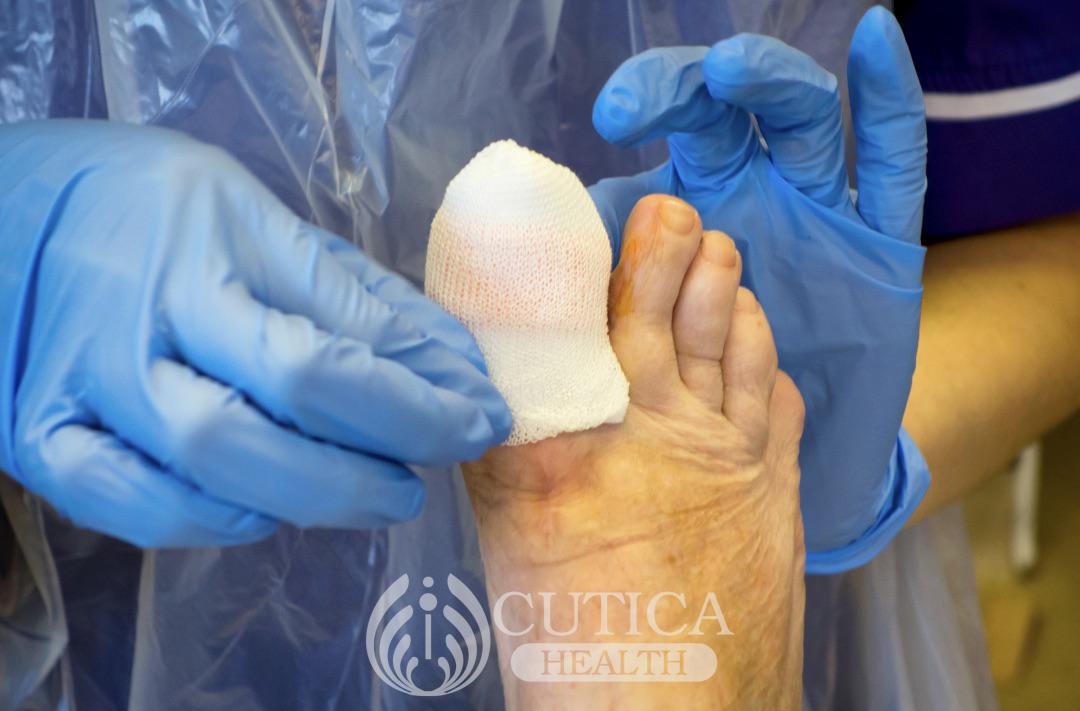
Amanda had been experiencing severe pain in her left big toe, but never thought it was anything to be so worried about. She recently bought a pair of hot red stilettoes and thought they may be causing initial pain. But to her surprise one Saturday afternoon, she decided to examine her toe, and what she found was scary. Her nail appeared to be growing into the skin of her big toe, oozing out a foul-smelling fluid.
Ingrown toenail is the situation where your nail grows into the surrounding skin, causing infection and inflammation. Ingrown toenail is the commonest nail problem that general practitioners deal with in their day-to-day practice. Although common in all age groups, the risks are higher as we grow older, and the big toe is almost exclusively affected.

What causes ingrown toenail?
- Improper nail trimming: improper nail trimming is by far the commonest cause of ingrown toenail. Learn to trim your nails carefully or seek help from a pedicure shop. Diabetics may need the help of a podiatrist.
- Poor-fitting shoes: Wearing shoes that crowd your toenails will put you at risk of ingrown toenails because such shoes squeeze in your toes thus affecting the direction of growth of your nails, and poorly aerated shoes could put you at risk of nail infections.
- Nail Shape: If you have abnormally curved toenails, they may grow into the skin easily. This may also occur if you use cosmetic products that alter the shape of your nails.

How can we get around ingrown toenail?
- Soaking: Soak your foot in warm, soapy water for 10 to 20 minutes, 3-4 times a day.
- Cotton wool/dental floss: Place a cotton pledget under the corner of the nail, elevating the nail slightly to enable you to place the cotton wool pledget. Alternatively, you can use a dental floss. Gently work it under the ingrown nail. The goal is for you to gently separate the nail from skin fold. If you find this difficult or painful, you can try the next step.
- Taping: still aimed at separating the ingrown toenail from the skinfold, you can make use of a simple tape. Simply place one end of the tape against the side of the ingrown toenail, then gently twist the rest of the tape around the toe. The sustained gentle pool of the tape on the ingrown toenail will gradually separate the nail from the skinfold. Taping is the simplest, least painful, and least complicated method of separating the ingrown toenail from the skinfold. If you still find this painful, you are better off seeking medical attention.
- Nail removal: Your doctor may partially remove the nail to resolve the symptoms : This minor surgical procedure involves removing the part of the nail growing into the skin then placing a swab or cotton wool in that area to keep the nail from growing back inwardly. In severe or recurrent cases, the doctor may remove not only the part of the nail but also the nailbed, to prevent a recurrence. Antibiotics may be needed if there is associated infection.

Take-home message: Ingrown toenails are quite common. Being careful while trimming your nails could prevent the problem and simple techniques can resolve the problem at home. If the pain persists or the simple techniques fail, please see a doctor.












